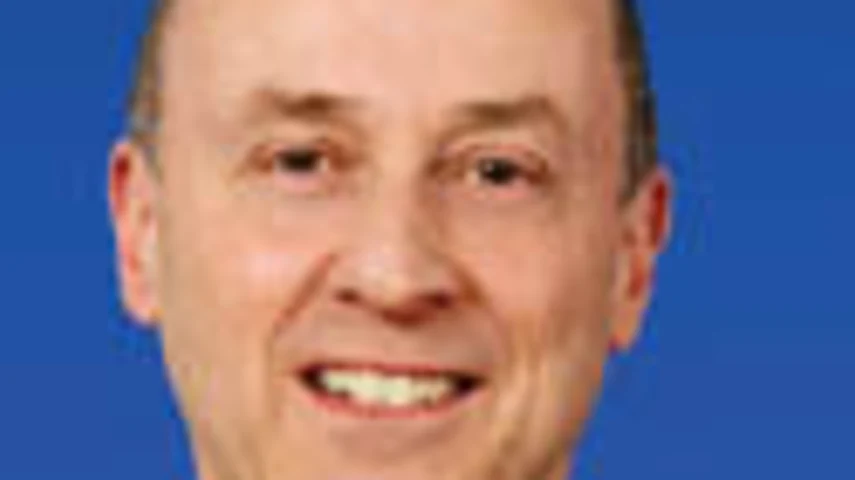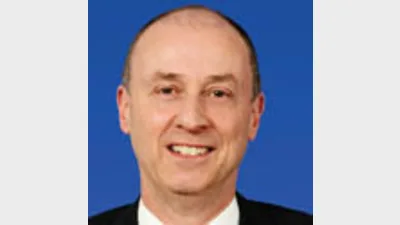How investors can double their money in 10 years



Stephen Hart outlines a low-risk strategy to double an investor’s money in 10 years.
Property investors commonly discuss 7 per cent compound returns as enabling investors to double their money in ten years. My simple calculation below shows this to be the case. While I don’t quite arrive at $200 in year ten, interest in this instance is only compounded annually. So having
7 per cent interest compounding more frequently should enable me to double my money in ten years.
Residential and commercial property returns have started to decline and those with a vested interest in the sector have begun stating the investment should be for the long-term of 20 or 30 years. These returns look far more attractive than those of the past few years.
The RP Data-Rismark Home Value Index has shown a national decline in average home prices of 1.5 per cent in the year to April 2011, partly offset by a rise in rental yields over the same period, with houses returning a gross 4.2 per cent and apartments a gross 4.9 per cent.
 Overall, the median returns would be well short of the sought-after 7 per cent compound return (see Figure 1).
Overall, the median returns would be well short of the sought-after 7 per cent compound return (see Figure 1).
According to research by the Australian Prudential and Regulation Authority, the average for superannuation returns (from 255 entities surveyed with at least $50 million in assets) in 2010 was just 4.1 per cent – a poor result.
Worse still, if you consider the UBS Composite Government Bond Index (0-5 years) returned 5.46 per cent in 2010 and we consider these bonds “risk free” assets. Superannuation funds obviously invest in a range of assets, but they also charge management fees. No wonder there has been such a big shift to self-managed super funds (SMSFs).
Volatile equity markets make returns uncertain, but if investors want a known return for a set period without committing to the very long-term as property advisers advocate, or need a better return than 4.1 per cent to sustain themselves through retirement, fixed income investments can provide known 7 per cent returns.
 Figure 2 and Figure 3 show a range of securities available to retail investors that will deliver a yield as stated, if they hold the security to maturity. Each of the securities has different risk/reward characteristics.
Figure 2 and Figure 3 show a range of securities available to retail investors that will deliver a yield as stated, if they hold the security to maturity. Each of the securities has different risk/reward characteristics.
The best option for a known return is to invest in fixed rate bonds. The coupon you receive will not change through the life of the bond.
 You’ll see in Figure 2 that the yield can be higher than the coupon. In this instance, the bond is trading at a discount to (less than) the face value of $100. The reverse is also true, where a lower yield means the bond is trading at a premium (higher than) face value.
You’ll see in Figure 2 that the yield can be higher than the coupon. In this instance, the bond is trading at a discount to (less than) the face value of $100. The reverse is also true, where a lower yield means the bond is trading at a premium (higher than) face value.
For example, the Rural Bank bond – the bank now being 100 per cent owned by Bendigo and Adelaide Bank – was trading at $106.50 with accrued interest of $3.359 to give a total price for $100 face value bond on 20 June of $109.859. If an investor paid the premium to acquire this bond and held the bond until maturity when they would receive $100 face value, they would incur a capital loss.
There are also some floating rate notes available that deliver yields of over 7 per cent, however, the coupon component of the return is linked to an underlying benchmark, in most cases the Bank Bill Swap Rate (BBSW).
The coupons are reset quarterly so that the ultimate yield will be influenced by changes in economic conditions that are reflected in BBSW and the cash rate. In other words, the yield is not guaranteed to return over 7 per cent for the life of the security.
 Figure 2 and Figure 3 show bonds available to retail investors. Those that satisfy the “wholesale investor test” also have access to the following bonds (see Figure 4).
Figure 2 and Figure 3 show bonds available to retail investors. Those that satisfy the “wholesale investor test” also have access to the following bonds (see Figure 4).
Rabobank and Investec also offer term deposits with a 7 per cent interest rate or more (see Figure 5). One of the downsides with five-year term deposits is that you lock away your funds, and if you require access before maturity, banks usually charge a break-fee. Bonds compare well here, as they can be sold at any time.
 To double your money in ten years you will need to reinvest returns to compound the interest. The current Rabobank term deposit with a minimum investment of only $1,000 would help achieve your goal.
To double your money in ten years you will need to reinvest returns to compound the interest. The current Rabobank term deposit with a minimum investment of only $1,000 would help achieve your goal.
Stephen Hart is head of planner services at FIIG Securities.
Note: This article was written on 20 June 2011.
Recommended for you
In this episode of Relative Return Insider, host Keith Ford and AMP chief economist Shane Oliver discuss the latest shock consumer price index numbers, which rose to 3.8 per cent in October, as well as the shifting US market and calls for super funds to invest in infrastructure projects.
In this episode of Relative Return Insider, host Keith Ford and AMP chief economist Shane Oliver discuss the Reserve Bank of Australia’s cautious stance in response to persistent inflation, subdued growth prospects, and political shifts affecting the nation’s journey towards net zero emissions.
In this episode of Relative Return, host Laura Dew speaks with Rachel White, head of financial adviser services at Vanguard about how advisers can help Australians to feel confident in retirement.
In this episode of Relative Return Insider, host Keith Ford and AMP deputy chief economist Diana Mousina take a look at the Reserve Bank’s unanimous decision to leave rates on hold on Melbourne Cup Day and whether future cuts are still on the cards.








